The six weirdest places F1 has raced
As Formula 1 contemplates how it returns from the coronavirus pandemic, and also plots an appearance in Miami that appears to involve a car park, we figured it’s time to look at a few of the wackier places F1 has taken to before.

Ceaser’s Palace car park
Formula 1 has always had an interesting relationship with the United States of America. It is such a huge market that the world’s biggest motorsport series needs to have a race there. But at times the US has shown a level of antipathy toward F1 rarely seen elsewhere. While today the Circuit of the Americas is packed to the rafters for every F1 race, the US Grand prix spent much of the mid-late 20th century bouncing around cities in the USA that wanted to make F1 work, but couldn’t really. The nadir of this must be the two seasons that Formula 1 tried to go to Vegas (baby).
Searching for what was due to be a second race in the US Bernie Ecclestone found a willing participant in the owners of the Ceasars Palace hotel. When the US Grand Prix at Watkins Glen fell from the calendar the Ceasars Palace Grand Prix was suddenly the only F1 show in town. And by in town, we mean it. Right in town at Ceasars Palace. In the car park. Literally in the car park. A 2.25-mile (3.65km) circuit was laid out in the car park for the hotel and casino, and Formula 1 cars, actual Formula 1 cars with real star drivers, raced around it. And it was the last race of the season, so Nelson Piquet won the first of his three F1 titles in Vegas. In a car park. There were only two races there, and while most oddities provoke some interest, if you watch footage of the races, you’ll be glad F1 never went back.

Monaco
Controversy! Monaco has been on the Formula 1 calendar since there has been a Formula 1 calendar. But why do we race there? Monaco is a tiny little sort-of country in France, the kind of place that clings to a rock and makes money by not taxing the rich. But cars have been racing there for 91 years now, and each year as the cars get faster, people ask why they are still racing there. I love the place to be honest, but you can sort of see people’s point. Modern F1 cars can’t really run two wide anywhere without sending someone for lunch in a nearby cafe, there’s a hairpin for which the cars need a different steering rack to navigate than one they use for any other track, and the pits don’t even face onto the start finish straight (“straight”). Monaco may be a firm part of the F1 calendar, but if you take a step back and look at it in the cold light of day, the Monaco Grand Prix is a strange thing.

Formula 1 at Aintree, 1959.
Aintree
Oh, so many horsepower puns that can go right here. And no, I’m hereby refusing to make any of them. Aintree isn’t the only racecourse in the world that also contains a racetrack (Sandown in Australia is another), but it’s the only one that can say it has held Grands both National and Prix. The Aintree Motor Racing Circuit does look a lot like the Aintree Racecourse. With some of the corners even sharing names with the horsey track (canal corner for example). It only had eight corners (somehow managing to shoehorn five more corners into the interior of the racecourse than the horses manage, and held the British Grand Prix five times between 1955 and 1962. The 1957 race being was scene of Stirling Moss and Tony Brooks great Vanwall home triumph while the ’55 race will forever be remembered as the one that Fangio may or may not have ‘let’ Moss win. Sometimes called “The Goodwood of the North” (who knows why) the motor circuit closed in 1964, but part is still used today for club events.
Foro Sol baseball Stadium (Mexico)
The Autodromo Hermanos Rodriguez in its original form was a fearsome beast. Complete with a sweeping set of left-right esses, a massive start-finish straight, and an unbanked 180-degree final corner that made up one part of an oval layout that could be used for IndyCar. Today, it’s still a great track, and even the Formula E layout is quite tasty for a Formula E track, featuring the whole of that mighty last corner – the Peraltada. But it does have one bonkers section: it races through the middle of a baseball stadium.
Now, lots of circuits have areas that have been nicknamed the ’stadium section’. Take Hockenheim for example. These are normally bowl-like areas with a few corners packed into a section surrounded by grandstands. But in Mexico city, the stadium section is a literal stadium. The stadium, called Foro Sol, was opened in 1993 and is used for concerts and (although not very often) baseball. For Formula 1 the cars enter from the side of one grandstand, before leaving through the middle of the main grandstand, entering the centre of the Peraltada. Packed out with Mexican fans waiting for Sergio Perez it has become one of the best atmospheres in F1. But it’s still the most advanced racing cars around flying through a baseball stadium.

The start of the 1959 US Grand Prix at Sebring. Jack Brabham in his Cooper T51 Climax leads away at the start from Stirling Moss.
Sebring
For those who have been, Sebring is an unforgettable place. Without cars on track it’s almost hard to work out that this is a racetrack. In places it looks like one set of barriers sat next to some aircraft taxiways. And to all intents and purposes that’s exactly what it was when it first opened. Now iconic for sportscars, perhaps because they are a bit more forgiving over concrete flagstones, Sebring hosted the first US Grand Prix in 1959. There had been world championship races in the US before – technically the Indy 500 was part of the Formula 1 calendar – but the European powerhouses largely ignored it, so Sebring was the first real go at US F1 racing. And the event was a success, to an extent. Bruce McLaren won, becoming the youngest F1 race winner at the time (discounting Indy 500 winners) after a heart-stopping finish that saw erstwhile leader Jack Brabham push his car 400 yards to the finish to come home 4th. But it was also a financial disaster, as F1 failed to attract the crowds to Florida and never returned. And although it’s a shame this wonderful track, full of so much character, was lost to F1, perhaps it would have lost some of that character had it remained a permanent fixture on the F1 roster.
Indy 500
OK, I just teased this one. The Indy 500 was a part of the Formula 1 World Championship from 1950 until 1960. But very, very few F1 teams took part. Ferrari and Alberto Ascari had a go in 1952 and Juan Manuel Fangio failed to qualify in 1958. But it was not until after it was dropped from the F1 calendar that the big European teams really had a proper go. So we include Indianapolis in this list not because it was an oval, and not because it has featured as both an oval and road course, but because it managed to be both on and off the F1 calendar. So far as the championship results were concerned it might as well never have been included for those first 11 seasons, but there is a quirky list of drivers who have technically won a world championship race without ever racing against the stars of the day. And that makes Formula 1’s Indy 500 experiment worthy of inclusion here.
Images courtesy of Motorsport Images.
Formula 1
F1 1959
Indy 500
Indianapolis
Sebring
Aintree
Monaco
Las Vegas
List
































































